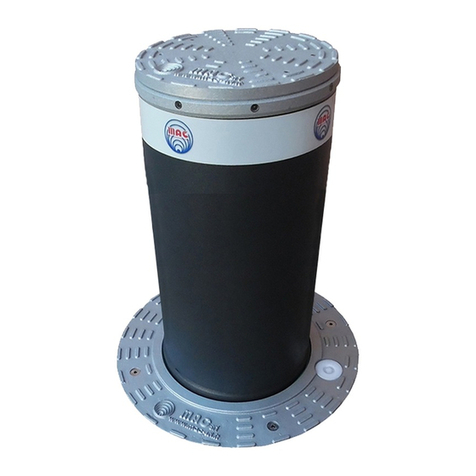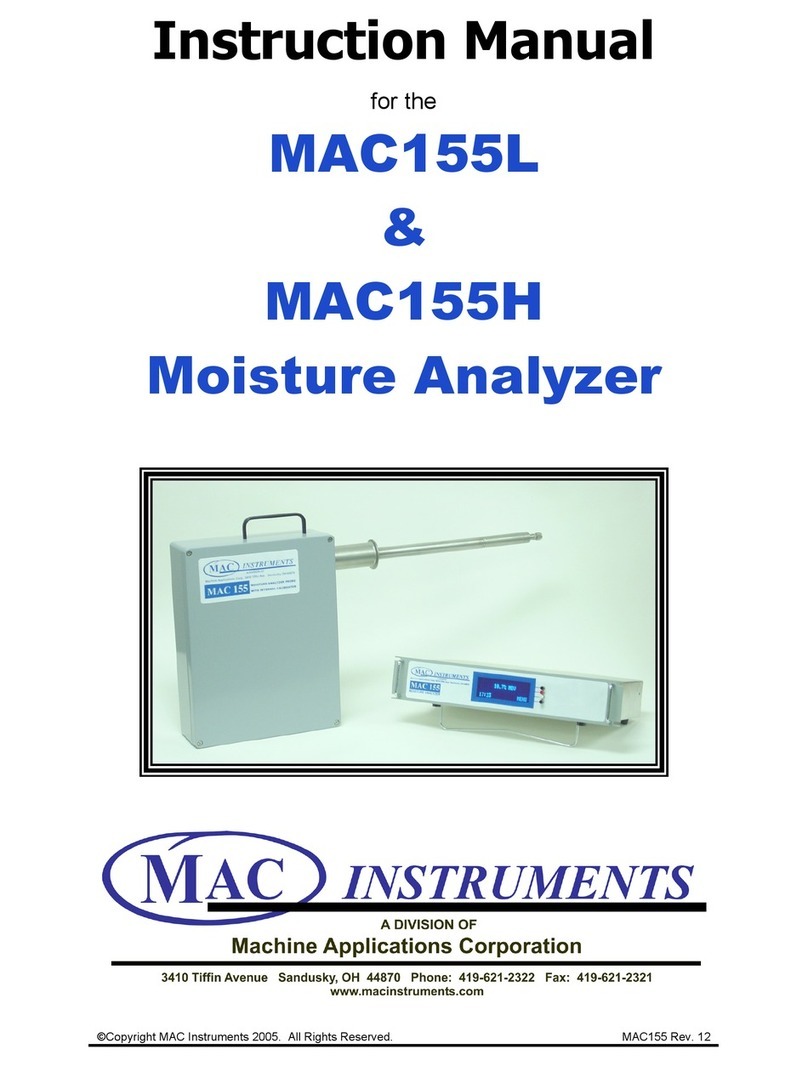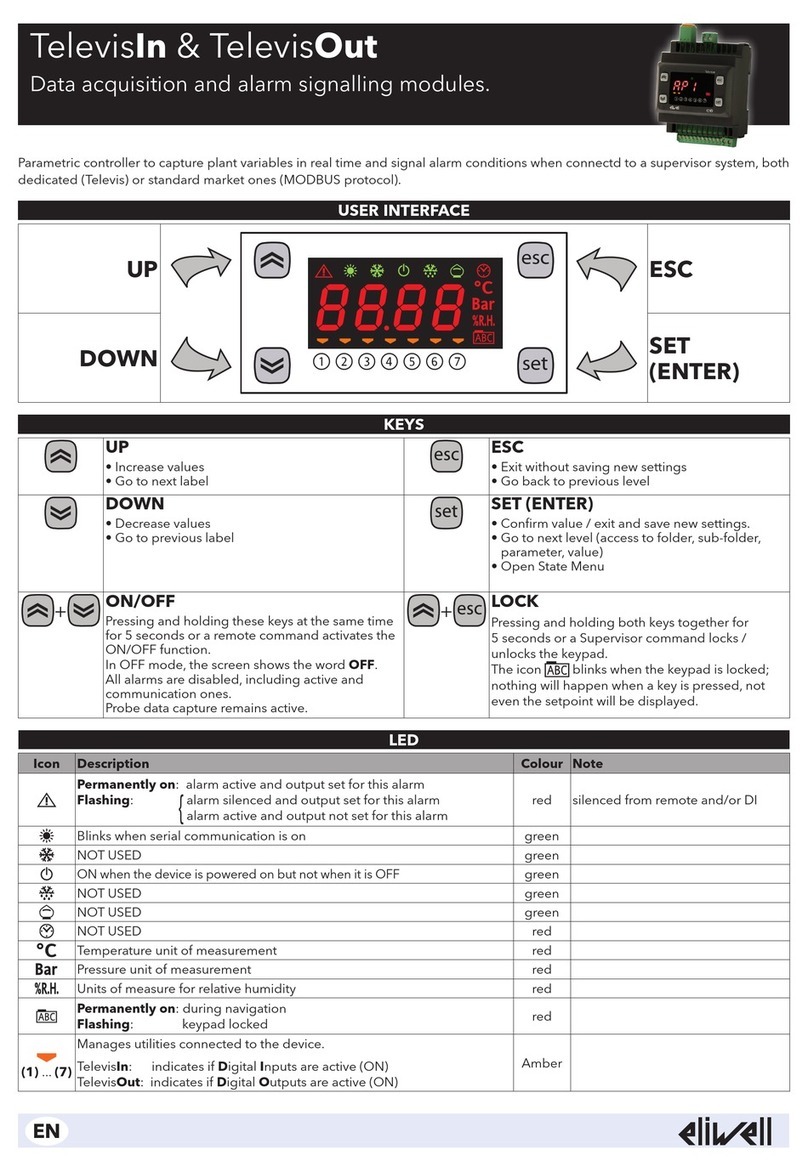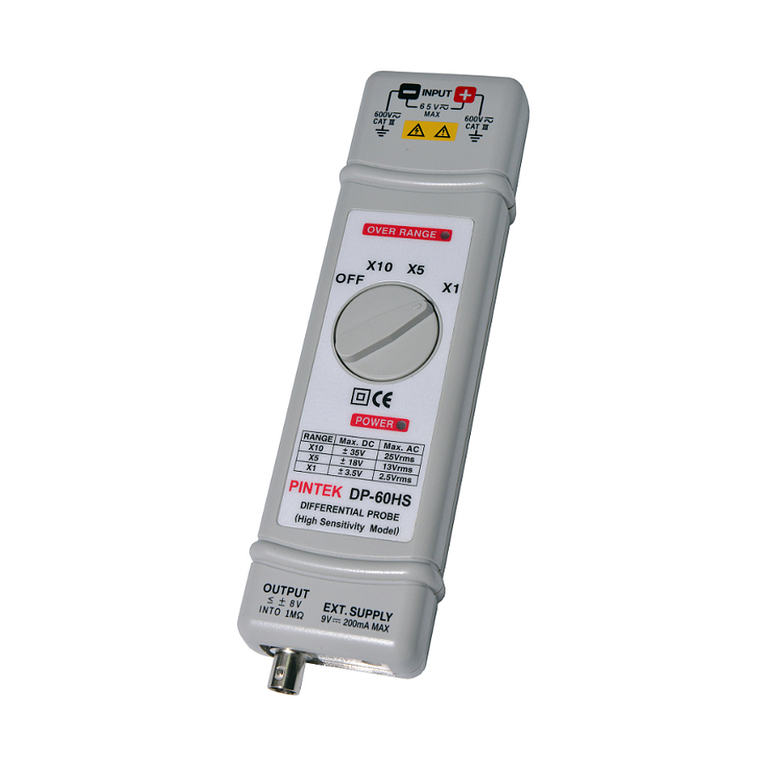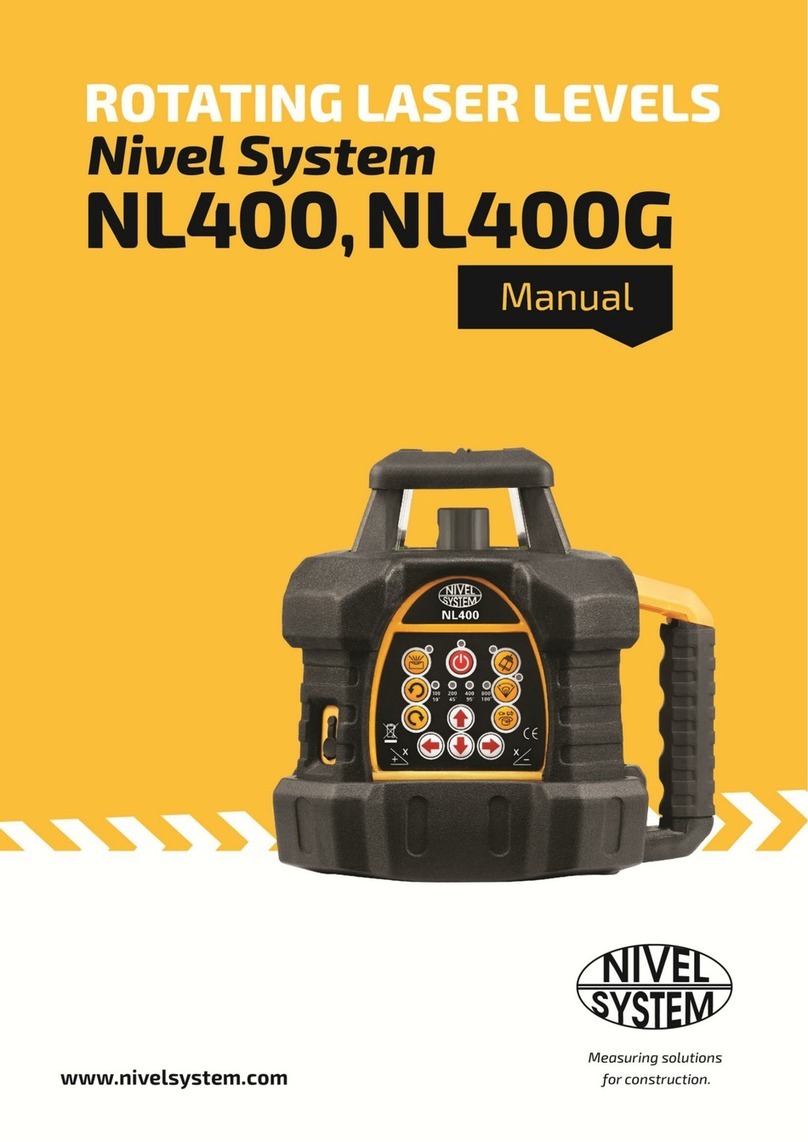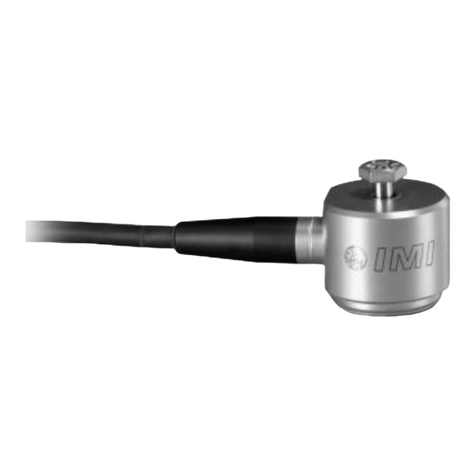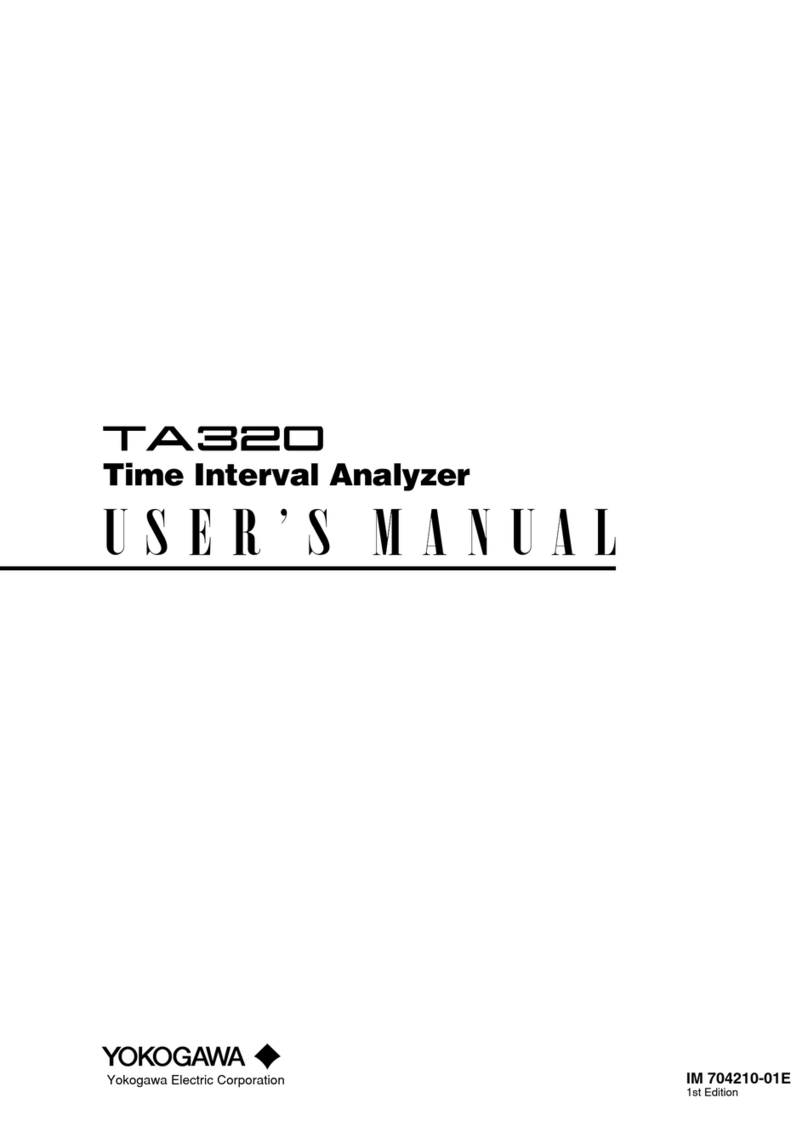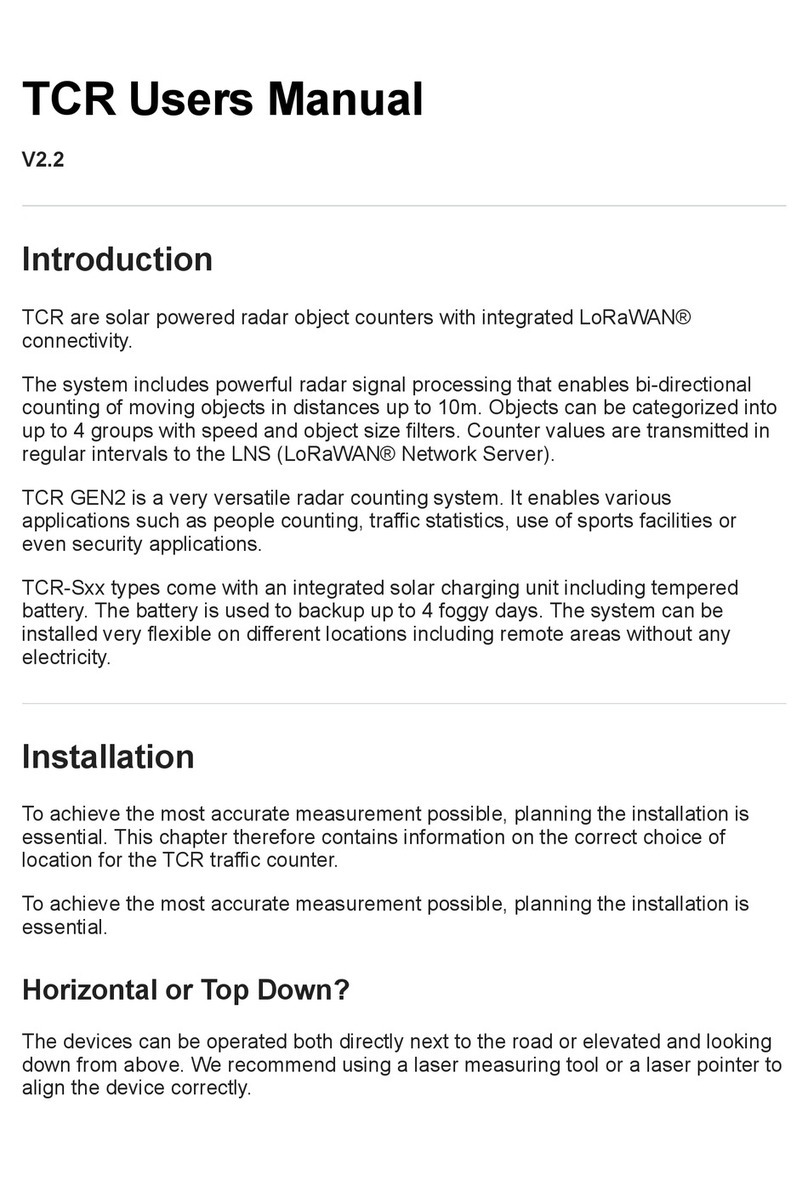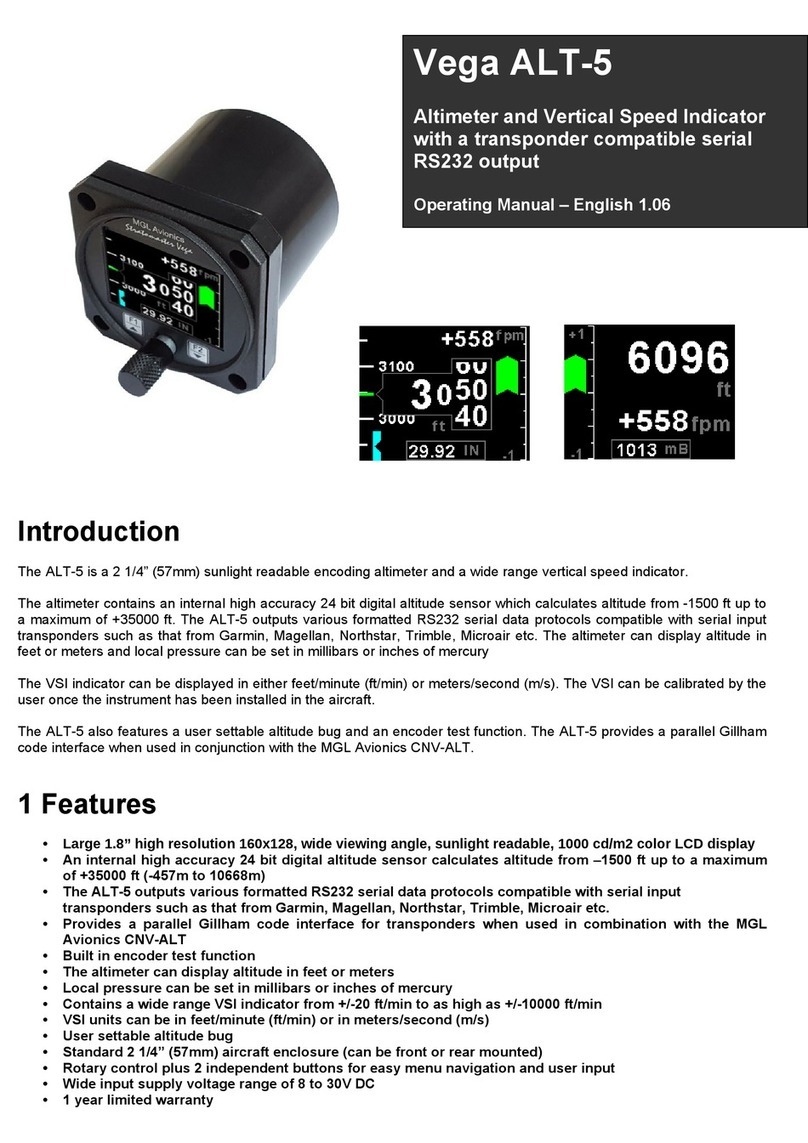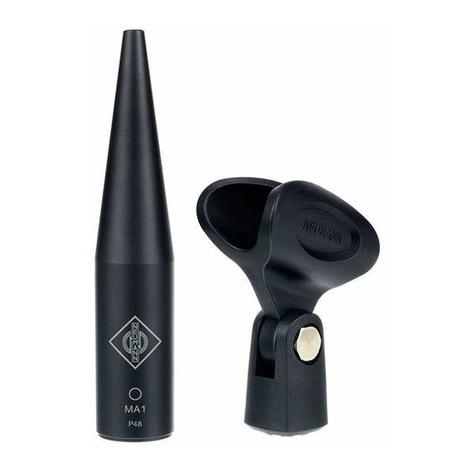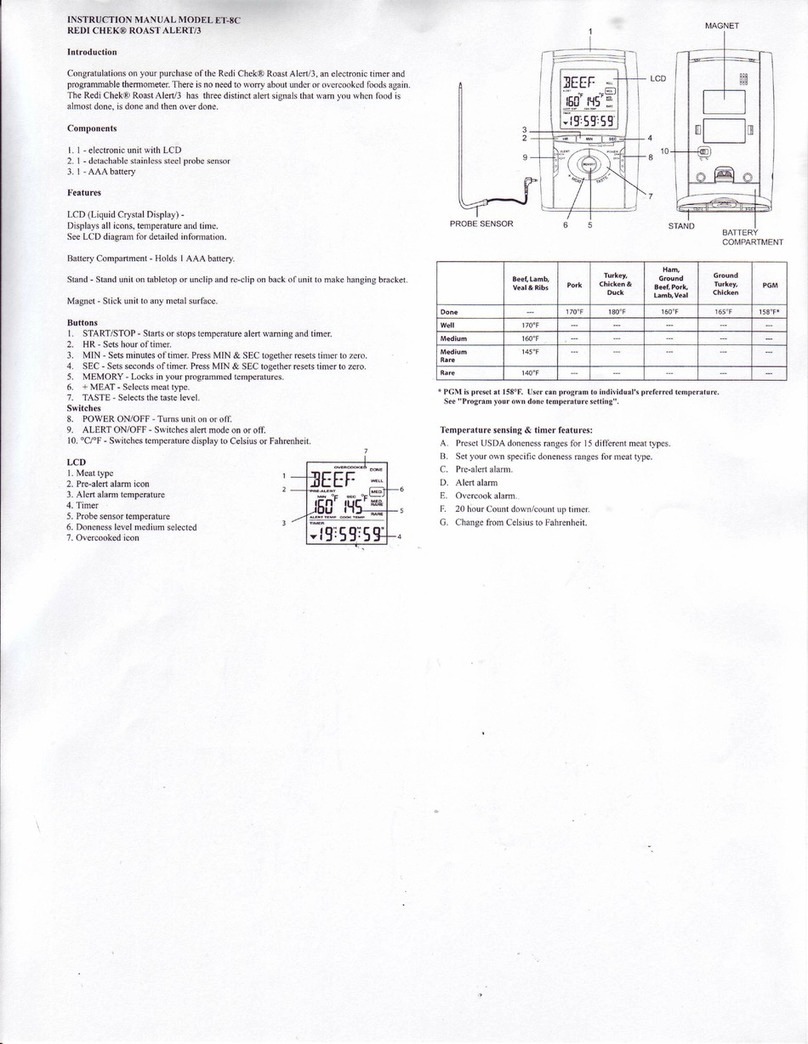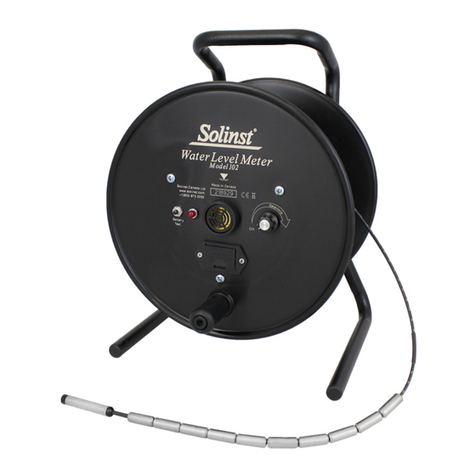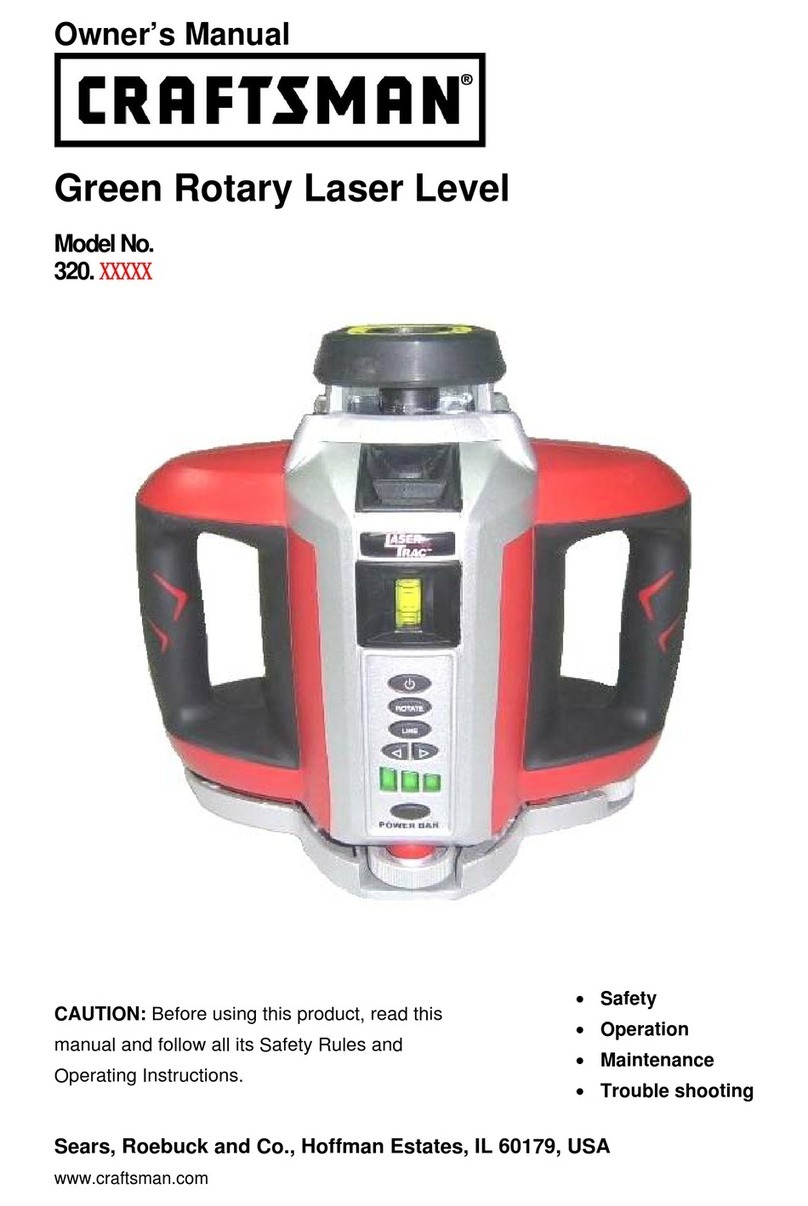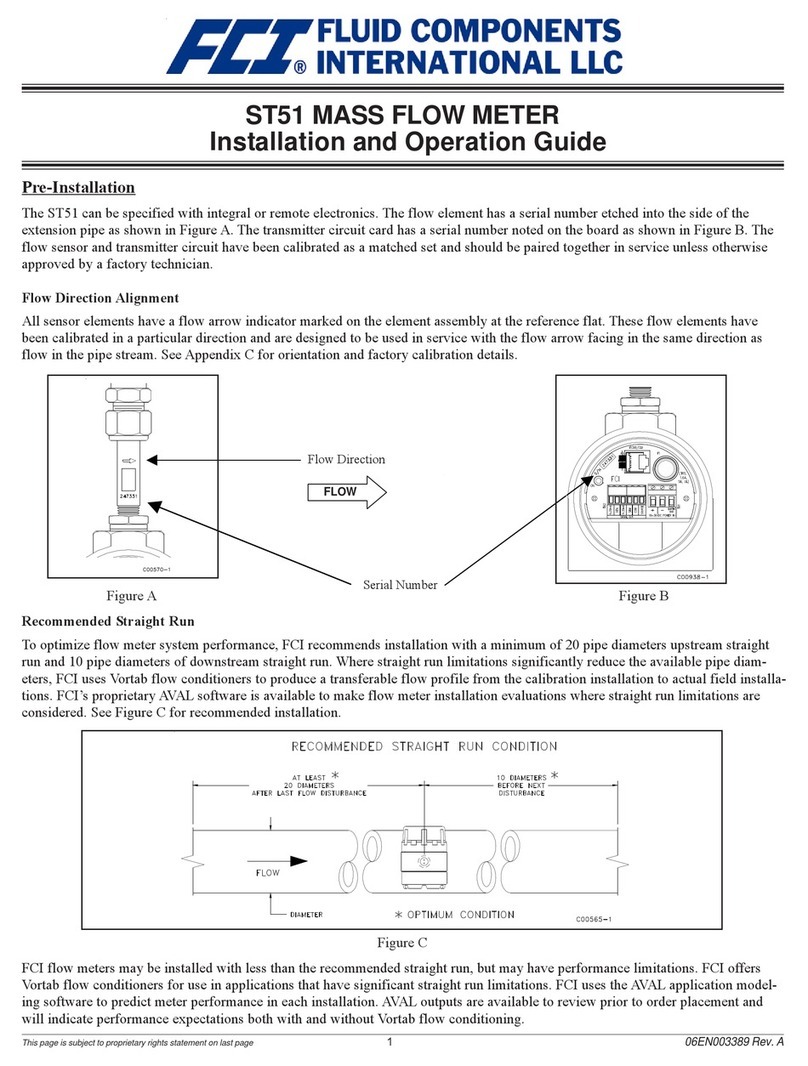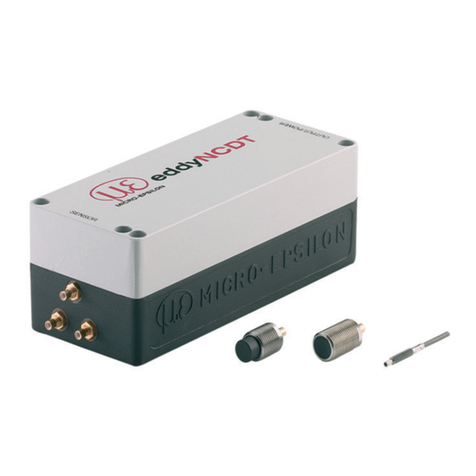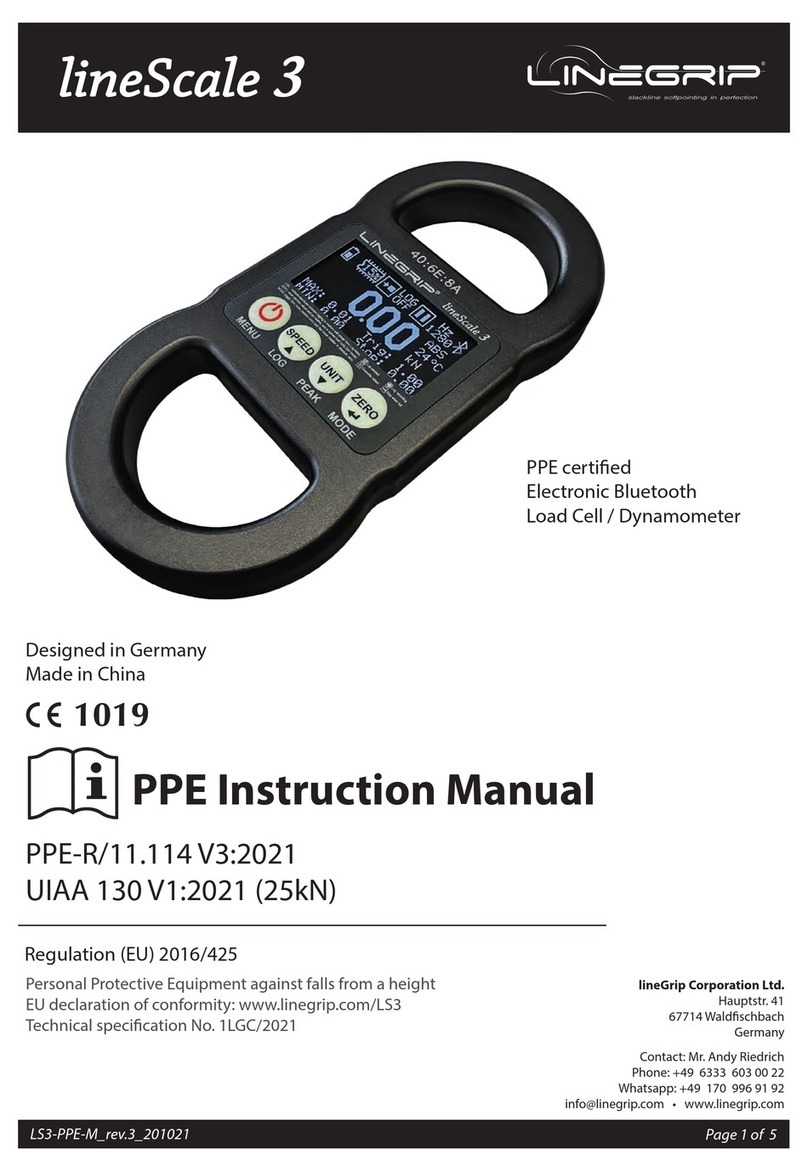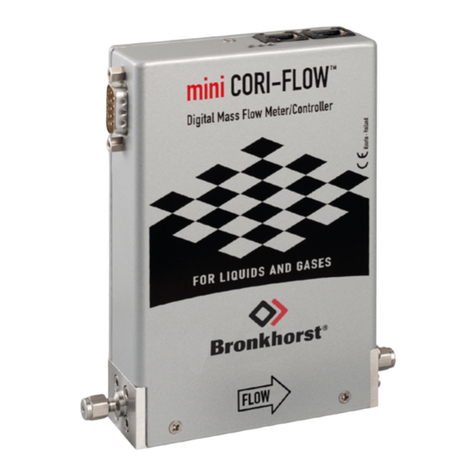MAC MULTI-MATIC User manual

maco.eu
MACO
MULTI-MATIC
Use only by certied specialists!
TIMBER
TILT AND TURN HARDWARE
ASSEMBLY INSTRUCTIONS
E-Hardware
PVC

2
Table of contents
Important Information 4
Key and abbreviations 5
General processing instructions 6 - 13
Intended use 6
Application notes 6 - 9
Application diagram 10
Article list 11
Hardware overviews 12 - 13
Installation of the hardware (mech. components) on the frame 14 - 17
Use of drilling jig 14
Drilling pattern 15
Assembly of power carrier on the frame component 16
Mounting the child safety lock 17
Installation of the hardware (mech. components) on the sash 18 - 20
Use of routing jig 18
Routing image on the sash 19
Assembly of power carrier on the frame component 20
Additional information 21 - 23
Hinging and unhinging of the sash 21
Attach window stickers 21
Settings on the sash 21
Check smooth operation of central locking system 22
Check smooth operation of window handle 22
Testing the e-hardware using the commissioning device 23

3
Electrical connections and commissioning on-site 24 - 26
Hazard warnings 24
Connection plan for rocker switch (two separate switches without mechanical locking) 24
Connection plan for individual switches (single or double) 25
Electrical assembly of e-hardware 26
General questions and answers 27 - 28
External interface providers 29
Technical Data 29
Declaration of Incorporation 30
Declaration of Conformity 31

4
Important Information
Target group
This documentation is intended exclusively for specialist companies and certied specialists.
The work described herein must be carried out by certied specialists.
Instructions for use
› Unless otherwise indicated, measurements are made in millimetres.
› Mount all hardware parts professionally as described in this manual and observe all safety instructions!
› All diagrams are only symbolic.
› Further technical documents can be found in our online catalogue (TOM) at extranet.maco.eu
› This print document is constantly being revised and is available for download in the current
› version at www.maco.eu.
› Printing errors, mistakes and changes are reserved.
› Please send feedback or suggestions and ideas for improvements on our instructions by email to:
Material notes
› The hardware parts described in this guide are made of stainless steel or galvanised passivated steel and
sealed in accordance with DIN EN 12329. They must not be used in environments with aggressive, corrosive
air content.
› Do not use acid-curing sealants, as these can lead to corrosion of the hardware parts.
› The door lock elements may only be surface-treated before the hardware is installed. Any subsequent
surface treatment may restrict the functionality of the hardware. In this case, no warranty claims can be
made against the hardware manufacturer.

5
kg
kg
Sash rebate height (SRH)
Sash rebate width (SRW)
Sash rebate width and height
Maximum sash weight
Turn&Tilt element (DK)
Tilt&Turn element (KD)
Key and abbreviations
Turn-only element (DR)
Backset (DM)
Rebate gap (FL)
Rebate leg (U)
Oset (V)
Rebate depth (FT)
Multi-Matic (MM)
Multi-Matic
with tilt lock bolt (MM-KS)
AWD= Application Diagram
ZV = Central locking system
Corner element standard
Corner element short
Drive motor xed
Drive motor variable
Handle Height (HH)

6
These assembly instructions for the e-hardware are binding. The use and assembly of the components is only
permitted in the manner listed below. Any other use is not provided for and therefore does not correspond to
the intended use. The following points also need to be taken into account:
› Information on application areas, sash weights and fabrication guidelines from prole manufacturers or
system providers must be considered in a binding manner!
› The centre of gravity or position of the glass pane can aect application areas and max. weights and must
be requested if necessary!
In the event of non-compliance, the right to compensation will lapse!
General processing instructions
Intended use
1Application materials (frame material)
2Forms of application / Sash version
PVCTimber Aluminium
Application notes

7
MM MMKS
INVISIBLEMULTI MAMMUTMULTI POWERDTPVC / AS
3Window design
4Types of opening
6Hardware overview
5Hinge side

8
EN 1627
RC 1 - 6
D
D
4 / 15 - 9
4 / 18 - 9
4 / 18 - 13
12 / 18 - 13 12 / 18 - 9
12 / 20 - 13 12 / 20 - 9
9Fitting groove
The tting groove must be implemented according to the information in our Print and Online Catalogues!
7Hardware version (security)
8 Sashprole-Rebategap,RebatelegandOset

9
FT 30
FT 22 FT 18
FT 24 FT 20
16,2
30,5
10 Frame rebate
ATTENTION!
The prole must have a minimum of 30.5 mm space from
the rebate gap for the e-hardware to prevent the glass pane
from being damaged!
11 Space requirements e-hardware

10
≤
≤
80 kg
2,2 m²
400 600 800 1000 1200
1400
400
600
800
1000
1200
1400
1600
40
50 35 30
kg/
m²
Application diagram
IMPORTANT!
Individual systems may restrict the maximum sash weight! Observe the weight information in the
respective section!
Prohibited area
Permissible area for PVC proles
for timber proles
All notes on the use of application diagrams in our print and online catalogues must be taken into account!

11
= 255
758
48
+–
Article list
Art. No. 467155
e-hardware silver
Art. No. 467151
Power carrier for e-hardware
Art. No. 467150
Power supply for e-hardware
Art. No. 467153
Commissioning device for e-hardware
Art. No. 104717
Jig set (consists of milling jig 227348 and
drilling jig 227350. Can only be ordered as a set –
not individually!)

12
1a
3a
4a
10
5
6
9
8
3b 3d
4b
7
3c
1b
2
≥ 800 mm
≤ 1400 x 1600 mm ≥ 470 mm
Hardware overview 1-sash Turn&Tilt elements
For version of central locking see assembly instructions central locking Order No.
759173 and Assembly Instructions Comfort Hardware, Order No. 756789en.
Follow the relevant assembly instruction for the selected hinge side version (AS,
PVC, DT).
1a Scissors stay faceplate comfort scissor stay
1b Scissor stay arm comfort scissor stay
2Faceplate extension (from SRW 1,051 mm)
3a Corner element standard (222201)
3b Corner element horizontally extendable (222206)
3c Corner element vertically extendable (210096)
3d Corner element standard (222201) or rebated
corner support with corner element
4a Faceplate extension extendable with pull-in wedge (217865)
recommended from 800 mm (PVC) and 1,000 mm (Timber);
Take note of prole manufacturer information!
4b Width SKB S-SE
5Rotary drive gear
6Window handle
(Note the moment of rest, use SKB handle if necessary!)
7 Hinge side PVC, AS or DT
8e-hardware (467155)
9 Contact transition (incl. child safety lock) (467151)
10 Faceplate extension extendable (206630 - from FFB 1,051 mm)
DANGER!
The e-hardware may
only be installed
horizontally at the
bottom!
DANGER!
Max. 60 kg sash
weight with an open
centre lock, and max.
80 kg sash weight
with circumferential
centre lock!
IMPORTANT!
Use as few
components
(connection points) as
possible!
NOTE!
Lateral, upper and
lower rebate gap
≥ 12,0 mm

13
1a
3a
4a
10
5
6
9
8
3a 3c
4b
7
3b
2
1b
≥ 735 mm
≤ 1400 x 1600 mm ≥ 470 mm
Hardware overview 1-sash Turn&Tilt elements — slim sash
1a Scissor stay faceplate comfort scissor stay
1b Scissor stay arm comfort scissor stay
2Faceplate extension (from SRW 1,051 mm)
3a Corner element standard (222201)
3b Corner element vertically extendable (210096)
3c Corner element standard (222201) or
Rebated corner support with corner element
4a Faceplate extension extendable with pull-in wedge (217865)
Recommended from 800 mm (PVC) or 1,000 mm (Timber);
Take note of prole manufacturer information!
4b Width connector SKB S-SE
5Rotary drive gear
6Window handle
(Note the moment of rest, use SKB handle if necessary!)
7 Hinge side PVC, AS or DT
8e-hardware (467155)
9 Contact transition (incl. child safety lock) (467151)
10 Faceplate extension extendable (206630 -from SRW 986 mm)
For version of central locking see assembly instructions central locking Order No.
759173 and Assembly Instructions Comfort Hardware, Order No. 756789en.
Follow the relevant assembly instruction for the selected hinge side version (AS,
PVC, DT).
DANGER!
The e-hardware may
only be installed
horizontally at the
bottom!
DANGER!
Max. 60 kg sash
weight with an open
centre lock, and max.
80 kg sash weight
with circumferential
centre lock!
IMPORTANT!
Use as few
components
(connection points) as
possible!
NOTE!
Lateral, upper and
lower rebate gap
≥ 12,0 mm

14
Ø 8 mm
X
222206
X = 230 mm X = 162,5 mm
222201
B
C
A
X = 230 mm X = 162,5 mm
Installation of the hardware (mech. components) on the frame
Use of drilling jig
Drilling with the jig
1. Insert drilling jig Article No. 227350 A for right and le sash at the distance X from the frame rebate
corner and with drill all holes to a max. depth of 6 mm using drill B (max. X for rebate gap 12 mm).
2. Extend the hole C through the frame as a through hole.
ATTENTION!
Drill holes maximum to 6 mm deep, to
avoid drilling right through the frame!

15
Schnitt B - B
1.!
X
B
B
Schnitt A - A
A
A
83
27
1.!
37
6,5
2.
6 mm !!
14,3
18
Ø 8
Ø 8
18
X = 307 mm X = 239 mm
222207 222201
470 mm
400 mm
222205 / 216784
210096
470 mm
400 mm
222205 / 216784
210096
X = 307 mm X = 239 mm
Drilling pattern
1. Attention: Just drill one through hole! The remaining 5 holes must be max. 6 mm deep.
2.
ATTENTION!
Drill holes to
maximum 6 mm
deep, to avoid
drilling right through
the frame!
NOTE!
Lateral, upper and
lower rebate gap
≥ 12,0 mm

16
4.
1.
2.
3.
AB
Assembly of power carrier on the frame component
1. Measure the height of the locating slot.
2. Place the packers A to required height on the frame component power carrier.
3. Run the approx. 200 mm cable loop in the frame (for timber cavity, mill on frame outer side).
4. Insert and screw the power carrier B frame component into the holes.
5. Spray the contact points of the power carrier with contact spray (Nigrin Repairtec or similar).

17
1.
2.
3.
≤ 1 Nm
Mounting the child safety lock
1. Measure the height of the locating slot.
2. Place the packers to required height on the child safety lock.
3. Insert and screw the child safety lock into the holes.

18
A
1.
3.
2.
1.
A
B
Setting the routing jig 227348
1. Release the stop plate A of the routing jig by means of screws and slide to the outer edge.
2. Fit the routing jig onto the tting groove.
3. Push the stop plate A to the rebate leg and x it with screws.
Milling with jig for e-hardware (in tting groove)
1. Set marking:
For corner element with tilting pins (222206 / 216784): 427 mm
For corner element without tilting bolts (222201): 360 mm
2. Insert the routing jig A in the tting groove, position with notch Bon the marking and clamp down
tightly. Mill using Ø16 miller and copy ring Ø 27 mm.
3. Apply corrosion protection according to the prole manufacturer.
Installation of the hardware (mech. components) on the sash
Use of routing jig

19
30,5
16,2
18
131131
135135
1. 2.
3.
Routing image
1. For corner element with tilting bolts (222206): 427 mm
for corner element without tilting bolts (222201): 360 mm
2. Milling depth
3. Apply corrosion protection according to the prole manufacturer.

20
A
C
B
1.
2.
3.
Assembly of power carrier sash component
1. Thread the connection cable A through the rectangular opening.
2. Screw the power carrier sash component Bto the e-hardware C (note the side orientation on the le or
on the right!).
3. Connect the connection cable to the e-hardware.
4. Spray the contact points of the power carrier with contact spray (Nigrin Repairtec or similar).
Connect the power carrier sash component to the e-hardware
Table of contents
Other MAC Measuring Instrument manuals
